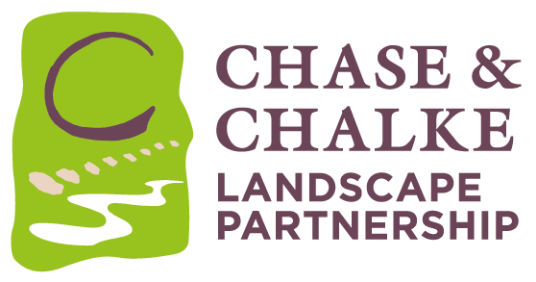— by Steve G —

A word of warning here. Be very careful getting too involved with citizen science projects that involve LiDAR, like for example the excellent “Champions of the Past” project developed by the Chalke & Chase National Landscape. It all starts off very innocently – you sign up, work through the really interesting training that teaches you how to identify archaeological features in the landscape using LiDAR imagery. Then you log into the portal and actually start finding and recording stuff yourself – field systems, round barrows etc.
This is all well and good until you realise just how much time you are actually spending on it rather than addressing some of those ‘essential’ home maintenance jobs that you are told need attending to!
Then it gets worse. You discover that you can get hold of freely available LiDAR data originally collected by the Environment Agency, that covers nearly ALL of England. From studying YouTube videos you gradually learn how to set up your own GIS (Geographic Information System), download EA LiDAR data to it and create you own LiDAR visualisations for any area you like. It doesn’t help that some of the images you create are visually very appealing. Take a look at the multi-directional hillshade of the Oakley Down barrows above for an example.
Of course the next logical step is to use some other clever software to generate the same landscape in 3 dimensions where you can actually ‘fly’ around the scene and really explore the topography. It is great for understanding how those archaeological monuments fit into the landscape. Click on the 3D viewer to the right to start exploring a Winterborne Poor Lot barrow cemetery interactively.
Finally I guess there is a bit of a paradox here. Although as I have explained landscape archaeology using LiDAR data can become somewhat addictive, where you can end up spending more hours on it than you had intended, the opposite is also true i.e. depending on your circumstances it can also save you a lot of time.
Winterbourne Poor Lot is a scheduled ‘cemetery’ of 44 Bronze Age burial mounds of varying types and sizes, straddling the A35 main road just West of Dorchester.
For example if you work full time and/or can only devote a hour or so after you have got the kids into bed then what better way is there to explore our amazing local landscapes than to do so virtually on your laptop? It also saves on petrol and it is worth pointing out that cost is no barrier here – all of the above was produced using free or open source software (QGIS & Sketchfab to be precise).
So if you really want to risk it and start exploring archaeological landscapes using LIDAR you could do a lot worse than click on this link to join the volunteer team. Give it a go. However you have been warned!
